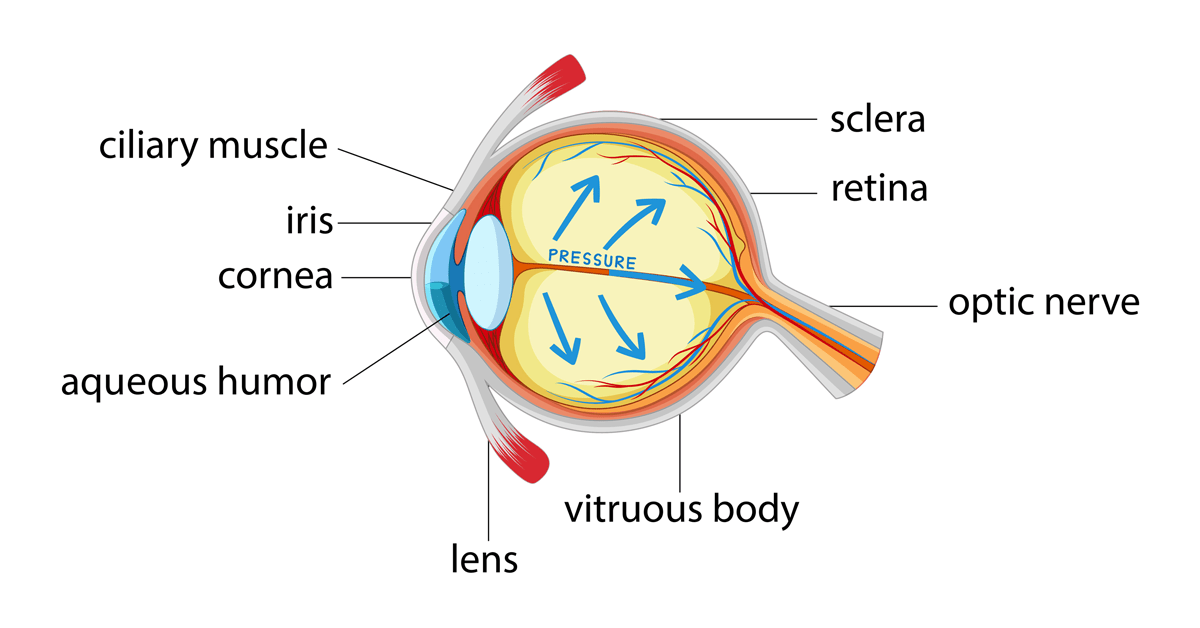Top Eyecare Near Me: Specialist Solutions for Optimal Eye Wellness
Top Eyecare Near Me: Specialist Solutions for Optimal Eye Wellness
Blog Article
Understanding the Different Vision Adjustment Procedures Available for Clearer View
In the realm of vision improvement treatments, a multitude of choices exist to address refractive errors and provide individuals with more clear sight. From the commonly recognized LASIK surgical treatment to much less intrusive procedures like PRK and implantable lenses, the field of ophthalmology offers a variety of strategies tailored to match various requirements and preferences. Each procedure features its own set of factors to consider, advantages, and potential threats. Comprehending the subtleties of these vision improvement methods is crucial for making notified decisions concerning one's aesthetic wellness. Let's check out the details of these procedures and lost light on the path to attaining enhanced vision clearness.
LASIK Surgery
LASIK surgical treatment is a common refractive treatment used to correct vision problems such as farsightedness, nearsightedness, and astigmatism - retina service near me. This surgical strategy, which stands for Laser-Assisted in Situ Keratomileusis, aims to reshape the cornea to boost just how light is concentrated on the retina, ultimately enhancing vision clearness. Throughout the procedure, a thin flap is produced on the cornea, and a laser is utilized to remove precise quantities of cells to reshape it appropriately. This reshaping allows for light to be precisely concentrated onto the retina, fixing refractive mistakes.
One of the key benefits of LASIK surgical treatment is the quick improvement in vision experienced by individuals. Generally, LASIK surgical treatment is a prominent choice for individuals looking for a long-lasting remedy for their vision troubles.
PRK Procedure
While additionally an usual refractive treatment, the PRK (Photorefractive Keratectomy) strategy differs from LASIK surgery in its strategy to remedying vision issues. In PRK, as opposed to developing a flap on the cornea, the outer layer of the cornea, called the epithelium, is totally gotten rid of. This allows the laser to improve the cornea to correct refractive mistakes such as astigmatism, farsightedness, and nearsightedness directly on the surface.

Regardless of the longer recovery time, PRK can produce outstanding cause vision enhancement, making it a beneficial alternative for those who may not appropriate candidates for LASIK surgical procedure.
Implantable Lenses
In contrast to PRK where the cornea is improved directly, implantable lenses provide another technique for fixing vision by inserting man-made lenses inside the eye. This procedure is specifically valuable for people with high levels of farsightedness, astigmatism, or nearsightedness who might not be suitable prospects for laser surgeries like LASIK or PRK.
Implantable lenses, additionally recognized as phakic intraocular lenses, work by supplementing the eye's natural lens with a synthetic one. eyecare near me. These lenses can be placed in front of the all-natural lens (former chamber) or behind the iris useful site and in front of the all-natural lens (posterior chamber) By changing the power and positioning of these lenses, eye doctors can efficiently fix refractive mistakes and enhance aesthetic acuity
One benefit of implantable lenses is that they are detachable and exchangeable, giving versatility for future adjustments. Nevertheless, as with any type of surgical procedure, there are dangers included, such as infection or cataract development. Patients considering implantable lenses must speak with an eye care specialist to identify the most suitable alternative based on their individual demands and eye health.
Corneal Rings
Corneal rings, also referred to as intracorneal ring sections, are little, clear gadgets put into the cornea to deal with vision distortions such as keratoconus. Keratoconus is a problem where the cornea thins and protrudes external, creating vision to come to be distorted. The insertion of corneal rings assists to squash the cornea, boosting visual acuity and decreasing the irregular astigmatism brought on by keratoconus.
The treatment for putting corneal rings is reasonably quick and minimally invasive, usually executed as an outpatient treatment. During the surgical procedure, the ophthalmologist makes a tiny incision in the cornea and inserts the rings at a details depth. Once in position, the rings help to Bonuses reshape the cornea, offering a smoother surface for light to get in the eye, which can lead to clearer vision.
Corneal rings are considered a reversible treatment, as they can be removed or replaced if essential. refractive surgeries in al. While they might not entirely eliminate the demand for glasses or call lenses, corneal rings can significantly boost vision top quality and overall aesthetic comfort for individuals with keratoconus or other corneal abnormalities
Refractive Lens Exchange
Complying with the improvement of corneal abnormalities with treatments like corneal rings, another vision adjustment technique that can attend to refractive mistakes is Refractive Lens Exchange (RLE) RLE is a surgery that entails replacing the eye's natural lens with an artificial intraocular lens (IOL) to remedy refractive mistakes such as nearsightedness, presbyopia, and farsightedness. This treatment is particularly valuable for people that may not appropriate candidates for treatments like LASIK or PRK because of elements such as thin corneas or high refractive mistakes.

Final Thought
In final thought, there are different vision correction treatments available to help Bonuses individuals attain more clear sight. LASIK surgical treatment, PRK procedure, implantable lenses, corneal rings, and refractive lens exchange are all options that can resolve different vision issues.
In the realm of vision modification treatments, a multitude of options exist to address refractive errors and give people with clearer sight.LASIK surgical procedure is a common refractive procedure made use of to fix vision troubles such as astigmatism, nearsightedness, and farsightedness.While additionally an usual refractive treatment, the PRK (Photorefractive Keratectomy) technique varies from LASIK surgical procedure in its strategy to remedying vision issues.Adhering to the modification of corneal abnormalities with procedures like corneal rings, an additional vision modification strategy that can attend to refractive errors is Refractive Lens Exchange (RLE) LASIK surgical procedure, PRK procedure, implantable lenses, corneal rings, and refractive lens exchange are all options that can attend to different vision concerns.
Report this page